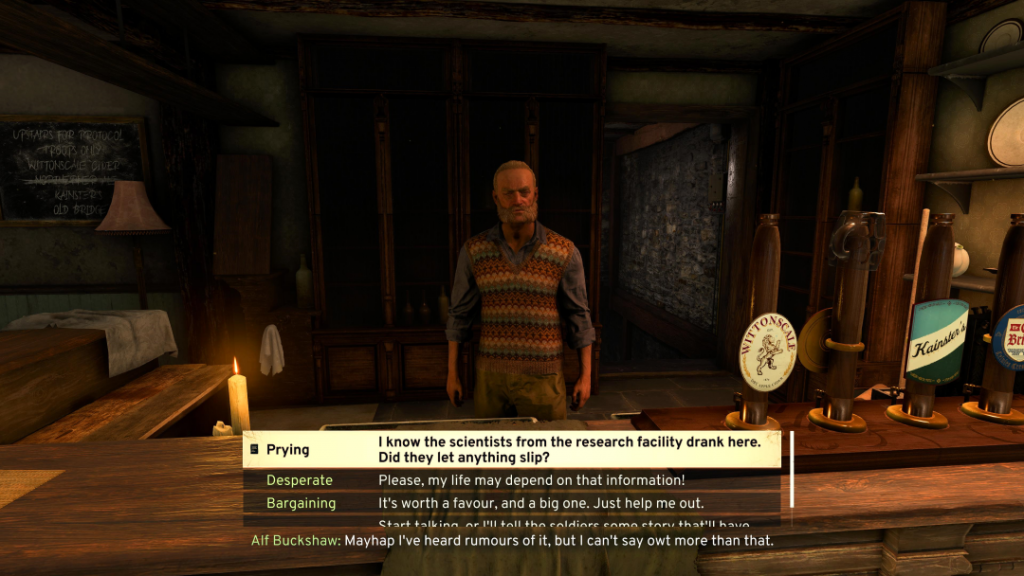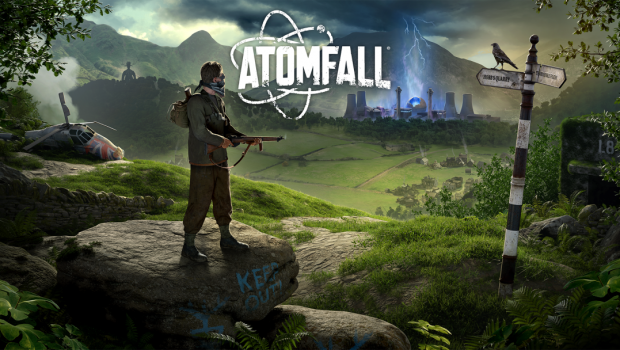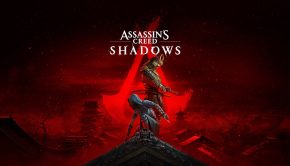Atomfall PS5 Review – Atomic Wit
Summary: Atomfall's satisfying exploration and open-ended narrative design somewhat offsets its surprisingly lean survival and RPG gameplay.
3.6
Atomic Wit
Survival mystery in alternate-history radioactive England is a pitch that is hard to resist in the enduring era of the post-apocalypse video game. Even with the gap in between releases from genre main-stays like Fallout and S.T.A.L.K.E.R, I’m always on the look-out for more – especially if it’s a new IP said to be directly inspired by New Vegas, the best of them all.
Atomfall, an action-survival game from the makers of Sniper Elite, bravely aims to deliver something different with its non-linear storytelling and open-ended exploration of a quirky quarantine zone in North England, sealed off after (the real-world) 1957 Windscale fire incident got a bit too crazy for this game’s universe to handle. Unfortunately, the execution feels like a game that struggles to carve its own unique identity, beyond its intriguing fictional premise.
Set five years after the Windscale fire in 1962, Atomfall thrusts you into the role of an amnesiac survivor who wakes up deep in the quarantine zone that sealed off the surrounding areas of the disaster from the outside world. A short introductory section in a government bunker and swift exit into the idyllic English countryside (complete with a breathtaking vista to admire) evokes Fallout vibes, but this opening moment is the closest the game gets to its narrative inspiration.
This is because Atomfall is more of a survival game rather than a role-playing game, though it often struggles to commit to the genre with its mish-mash of ideas and systems. You have a basic health and heart-rate (stamina) bar and a limited inventory to manage carefully, offset by an overly generous amount of healing items and crafting materials to scavenge, fallen weapons (both guns and melee) to trade or upgrade, and boxes of ammo to manage carefully over 20 or so hours, yet no real survival mechanics like hunger or thirst to worry about.
On the RPG side, there is a set of unlockable passive abilities reminiscent of a traditional skill-tree, and occasional unique dialogue choices that open up different story paths that lead to the game’s various endings, but otherwise there are no stats or class specializations or floating damage numbers to worry about here. I can appreciate a stripped back experience amidst all the 100+hour other games to finish, but within half-an-hour of play, Atomfall felt a little too lean for my tastes here.
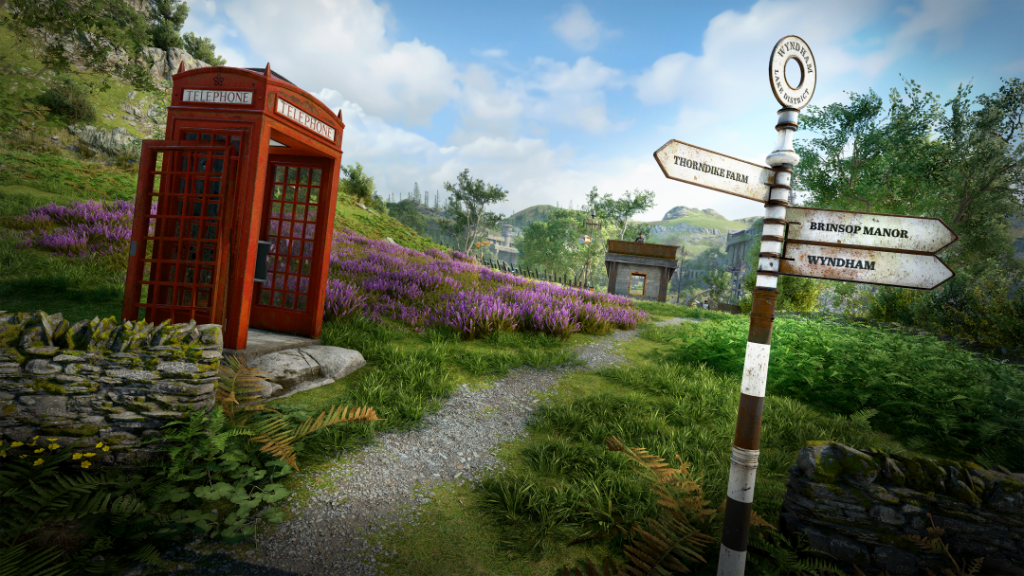
Despite the beauty of the setting (and the overabundance of supplies to help you survive on your lonesome), the situation inside the quarantine zone is rather perilous. Your main goal of finding a way to escape gets more complicated by the minute and it’s not long until you encounter roving bands of violent outlaws, a zealous military presence forcing a local village under martial law, crazed doomsday cultists role-playing as druids in a forest, and mutant sci-fi horrors that lurk in the shadows as a result of the nuclear fallout. It’s up to you to navigate these various factions, whether through violence or diplomacy, and their conflicting motivations across five interconnected open regions (that aren’t open-world but impressively filled with content) and several dungeon-like sub-areas, and choose who to trust to further your objective of escaping.
Engaging with these factions is a bit different in Atomfall. Instead of traditional quests, you unravel the mystery of what exactly happened by finding leads scattered across the environment. These leads can range from posters or notes found in homes to private audio logs to overly chatty NPCs, and each lead you find further expands your understanding of the situation or points you in the direction of a potential way out, and some can be used in dialogue options when talking with friendly characters. The sheer amount of leads and secrets available to discover is impressive, and I really enjoyed the freeform nature of engaging with the game’s core and side content (maybe not so much the lack of fast travel, however).
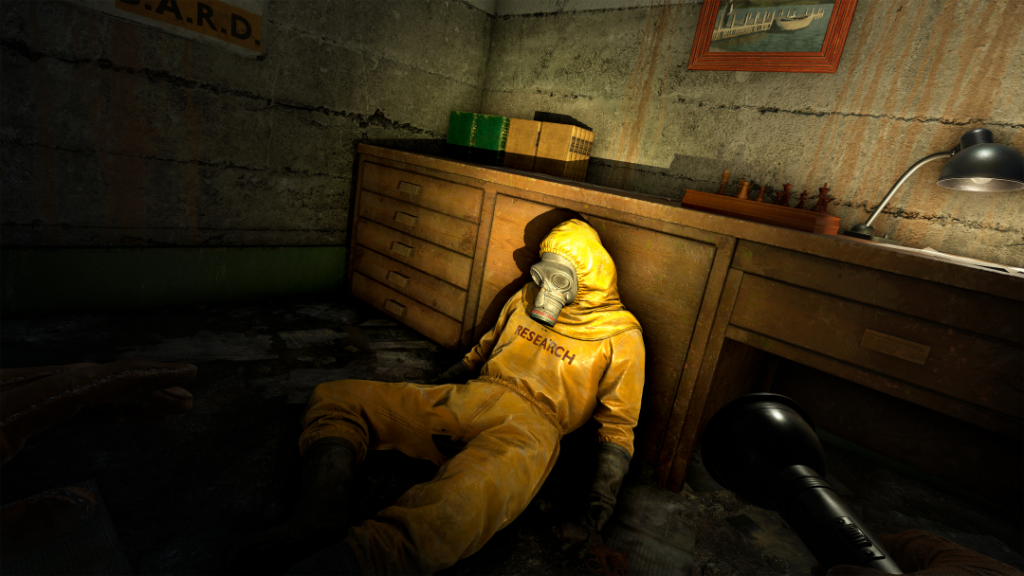
For instance, I decided to enter a particularly out-of-the-way section of the Interchange, one of the game’s main dungeon areas, and see if I could still complete parts of the story out-of-order. Not only did I discover audio logs and a key which led me to two opposing important NPCs with their own unique tasks and propositions to escape the zone, but exploring these areas early provided me with additional options in another unrelated quest in the nearby village of Wyndham concerning a church which surprisingly proved to be connected. The quality of writing for most of these leads is genuinely intriguing, well-acted and concise, and does a great job of pacing the mystery and painting a vivid picture of the extent of this alt-history and the shady happenings that led to the fires – not to mention why the nuclear site off in the distance is glowing an ominous purple.
Helping enhance the leads system is the level of detail afforded to each of the main zones and their dungeon sub-areas. From the rolling green hills of Slatten Dale and its militarily occupied Wyndham Village to the folk-lore filled forest of Casterfell Woods to the creepy nuclear bunkers of the Interchange, every region felt fun to parse over for clues and environmental storytelling, as well as to find various bizarre characters (traders, survivors, task-givers) to converse with and gradually gain a better picture of the situation (the only downer to this tightly interwoven set of narrative hooks and interesting areas is the lack of simulated systems like NPC rivalries or schedules to make things feel more alive rather than static). If there is a nook or cranny or waterfall that looks like it’s hiding a crafting recipe, ability unlock or lore, most of the time, in my experience, there is something to discover. Not to mention the gradual rollout of the game’s creepier enemies, though the nutty druids and 1960’s depiction of outlaw bandits are scary in their own right. My advice? Get a metal detector tool early to find buried comics and lore in abundance!
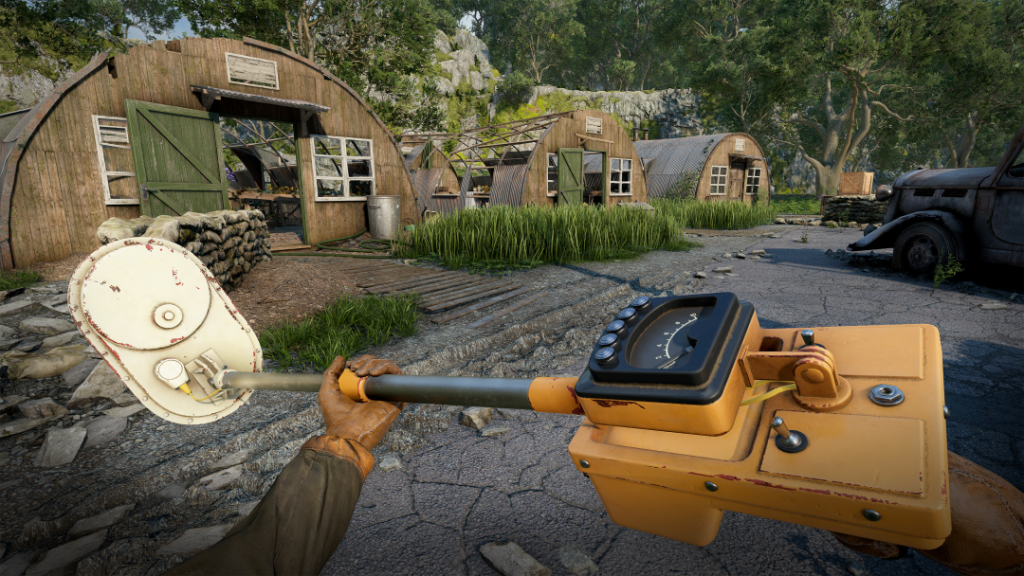
I wish I could say that the moment-to-moment combat is as compelling as the game’s premise and exploration elements, but the combat loop is just okay. Atomfall is played from first-person perspective and features basic melee combat, shooting, and stealth mechanics that do the job, but don’t exactly bring anything substantially exciting to the table. There’s a fair amount of weapon variety, from knives and shivs and cricket bats to revolvers, shotguns and sniper rifles and throwables like grenades and molotovs, but close-quarters combat lacks the impact or high stakes that I expected from Atomfall’s desperate survival setting, with most human enemies awkwardly reacting to each hit and the more stranger sci-fi foes experiencing pathfinding issues.
These instances ruined the immersion bit-by-bit and were a bit of a bummer, but not a dealbreaker. Firefights are a little better, especially with a double-barreled shotty to shut mouthy outlaws or screeching feral plant zombies to a bloody mess, though constantly respawning enemies . Going the stealth-route is hard even with the right perks and bow and arrow, given the abnormally excellent awareness of enemy NPCs. I would have been fine with these quirks if the enemy AI was as smart as the game’s storytelling, but even on Veteran difficulty dispatching foes proves way too easy, with bandits lined up to get shot cleanly or forgetting I existed.
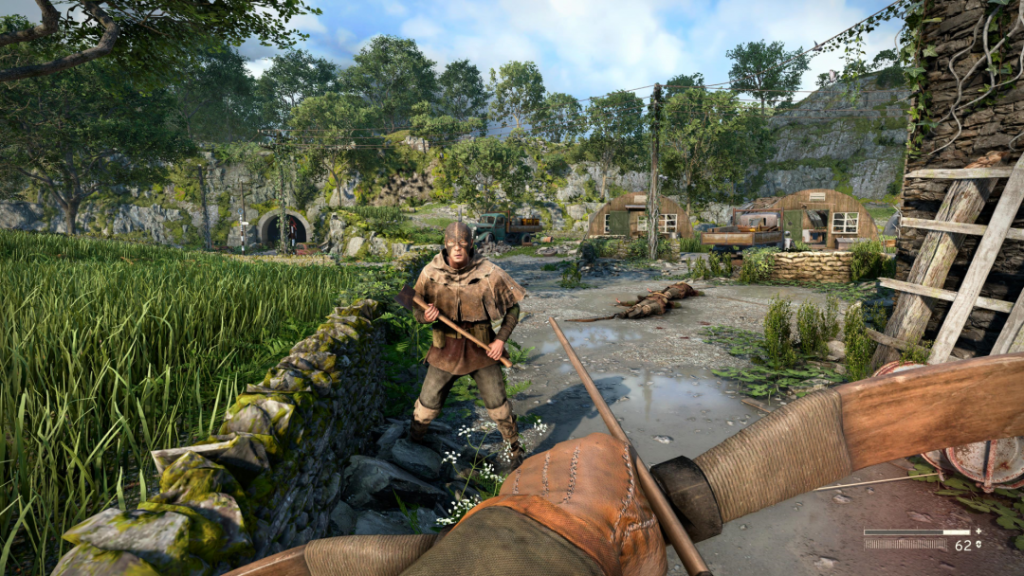
The Final Verdict
I enjoyed my time with Atomfall, despite some of its short-comings in the combat AI and survival departments, and it’s clear that developer Rebellion put a lot of love into its unique alternate history mystery of government conspiracies, infected monstrosities and nuclear catastrophes.
If you appreciate a great story and free-form exploration with light survival and shooter elements, Atomfall will more than likely whet your appetite. Just don’t go in expecting an experience with the same level of role-playing or survival systems depth as Fallout, even if that game was a reference point – this is something new and leaner and yes, very inspired by such games, but Rebellion’s efforts should be applauded on its own merits nonetheless.
